
Nanfang Daily Report: heroic escape route a path of sino-uk friendship
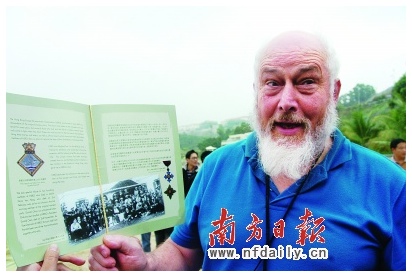
In 1941, with the assistance of the East River Column, anti-Japanese officers in the Chinese and British armies succeeded in breaking through the Japanese siege.
Memories From Father’s Diaries
Old witness tells the breathtaking story
Famous face in the re-enactment group
Xinhua press release

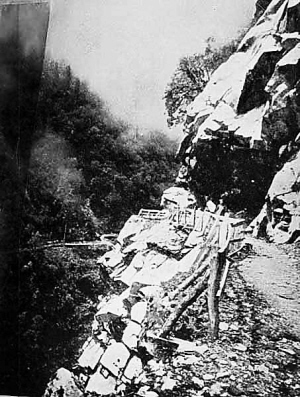
Escape route from Hong Kong to Waichow Stony path on the escape route
With the help of local Chinese people and what later became known as the East River Column Guerrillas, who provided food as well as intelligence and other assistance, they walked for four days and nights, covering over 115km on foot, before crossing Japanese lines and reaching the relative safety in Huizhou, Guangdong Province.
The international press celebrated this "thrilling escape" as an heroic event during a desperate period of the war. Following on from this success, Colonel Sir Lindsay Ride subsequently formed the British Army Aid Group which was instrumental in assisting further escapees.
Some of the party kept diaries during the escape, and others later wrote letters to their families at home. Using these diaries and letters, as well as official reports, their descendants plan to re-trace the steps of their forefathers at Christmas 2009.
HERO, the association formed by descendants of the original escapees, has planned the re-enactment with the help and advice of the China Culture Development Association, Beijing (CCDA) and the China Cultural Global Foundation (CCGF).
The three parties are working together to honour and commemorate this unique example of Sino-British comradeship against a common enemy, and aim to forge strong new ties between Britain and China for the development and exchange of cultural, economic, social, sports and political communications between the two countries.
Nelson Cheng, CEO of CCGF, says there will be nearly 80 descendents from all over the world taking part in this commemoration of the friendship between Chinese and British comrades.
Richard Hide, Chairman of HERO, stresses that had the escape 68 years ago not been successful, many of the descendents would not be here today. All the descendents and their families wish to express their gratitude towards those who assisted in the escape, and HERO hopes to help in continuing to strengthen the Sino-British relationship.
Original:http://news.xinhuanet.com/english/2009-11/16/content_12465900.htm
The British Army Aid Group
Chan Sui-jeung,Centre of Asian Studies,University of Hong Kong
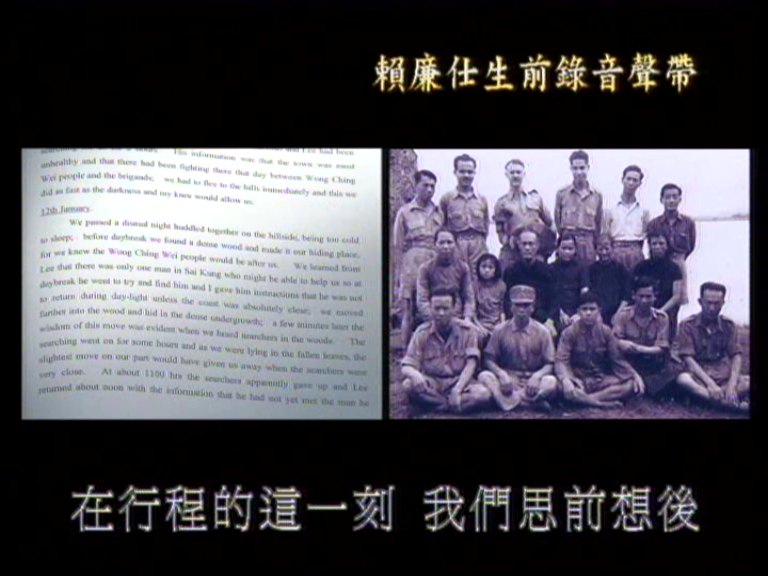
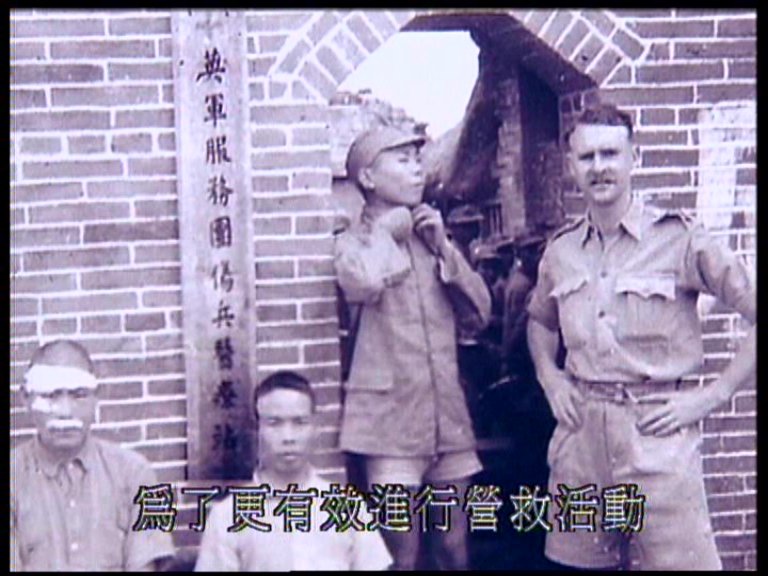
Re-trace the escape route of forefathers, inherit the friendship of UK-China
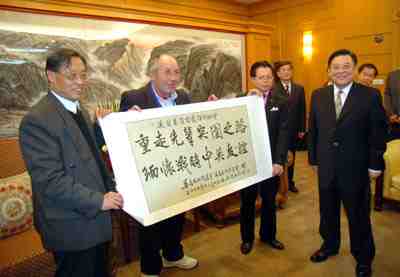
CCDA, CCGF presenting gift to H.E.R.O.
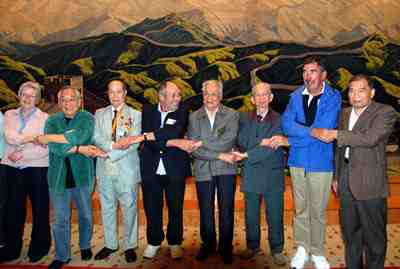
Group photo: representatives of H.E.R.O. and Society of Veteran of East River Column
Original: http://news.xinhuanet.com/world/2009-12/28/content_12716117.htm
Rescued foreign people
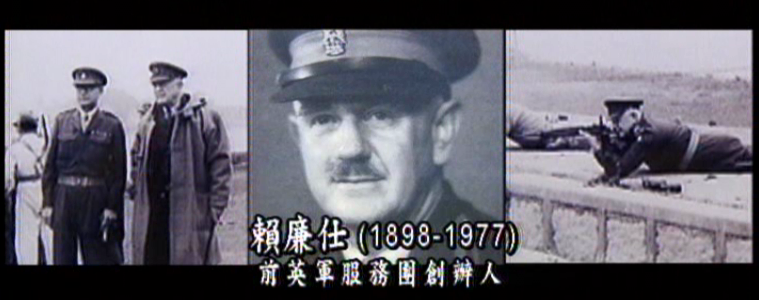
Colonel Lindsay Ride
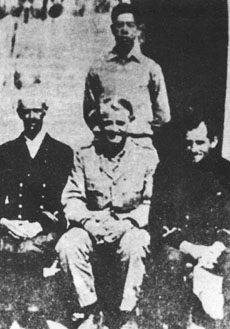
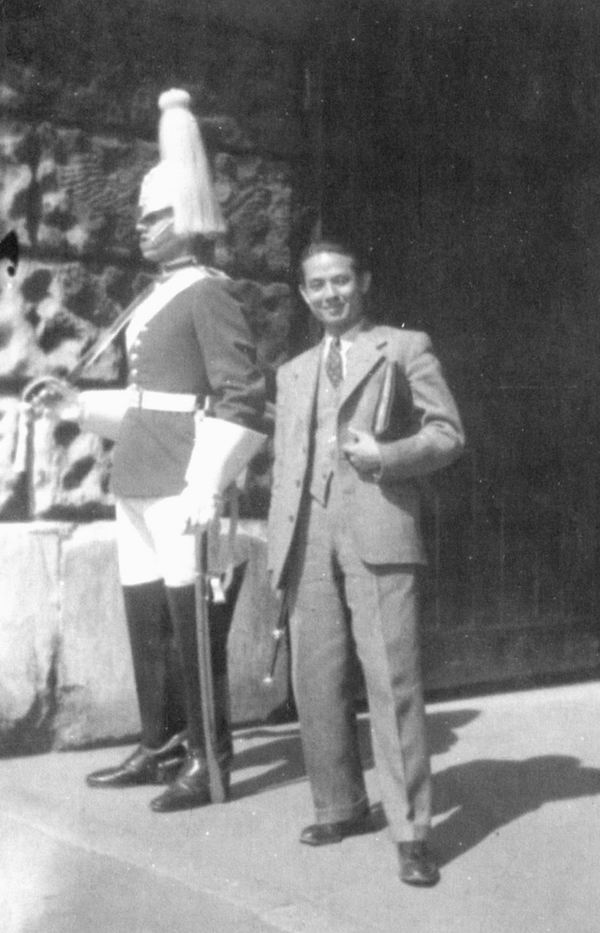
After escape from prison camp: Colonel Lindsay Ride Huang Zuo Mei: Head of International Working Team
| Time | Occupation | Name | 累计 | Note |
|
01/02/1942 |
英战地医院 |
赖特上校 (Colonel.T.Ride) |
1 |
护送到内地 |
|
赖特的华人秘书 |
李玉弼先生 |
2 |
护送到内地 |
|
|
海军 |
摩利上尉(Morley) |
3 |
护送到内地 |
|
|
海军 |
戴维斯中尉(Davis) |
4 |
护送到内地 |
|
|
英国士兵 |
霍支斯(P.Hodeiy) |
5 |
曾加入游击队工作 |
|
|
英国士兵 |
格尔拉夏 (A.Gallaher) |
6 |
曾加入游击队工作 |
|
|
|
斯克利维恩上尉(Capt Scriven)及一组人 |
7 |
送重庆 |
|
|
英国海军军官 |
都格拉斯中尉(Lt.J.DonglasR.N.R) |
8 |
护送至内地,通讯处香港海军司令转 |
|
|
英国海军军官 |
夏斯特中尉(Lt.J.W.Hursto.B.E.D.S.E.R.N.R) |
9 |
护送至内地,通讯处上海英领事馆转
|
|
|
英国海军军官 |
汤姆生中尉 |
10 | 护送至内地,通讯处上海英领事馆海军办事处转 | |
|
英国海军军官 |
何来特J.11O998,皇家海军部电报员 |
11 |
护送至内地,通讯处伦敦邮政总局转 |
|
|
24/03/1942 |
香港警察司 |
汤姆生(W.P.Thompson) |
12 |
从赤柱俘虏营逃出,送到内地 |
|
|
波利斯屈特夫人(Mrs Green. PriestWood) |
13 |
从赤柱俘虏营逃出,送到内地 |
|
|
1942年 |
上海银行 |
芬恩维克 (T.J.J Fenwick) |
14 |
内地 |
|
上海银行 |
摩利逊(J.A.D.Morrison) |
15 |
内地 |
|
|
14/04/1942 |
渣甸公司香港义勇军 |
波生吉(D.J.BoSenet) |
16 | |
|
英国陆军军官 |
比尔斯中尉 (Lt.G.L.GPearceR.A.) |
17 | ||
|
英国陆军军官 |
怀特中尉(Lt.L.S.White R.A.) |
18 | ||
|
英国陆军军官 |
祁德尊中尉(Lt.G.D.CIagne R.A.) |
19 | ||
|
1942年8月中 |
英国士兵 |
送大后方 |
||
|
英国士兵 |
送大后方 |
|||
|
18/10/1942 |
印度人皇家炮兵 |
20 | ||
|
印度人皇家炮兵 |
21 | |||
|
28/10/1942 |
受英团指示去九龙破坏无线电台 |
陈伟泉先生 |
22 |
从香港安全回沙鱼涌 |
|
30/10/1942 |
印度人皇家炮兵 |
孟雅星(Mehnga Singk) |
23 | |
|
印度人皇家炮兵 |
拉西加星(LashkarSingk) |
24 | ||
|
印度人皇家炮兵 |
拿瓦恩特星(NavantSingk) |
25 | ||
|
印度人皇家炮兵 |
达立普星(Dalip Singk) |
26 | ||
|
印度人皇家炮兵 |
山托先星(Santokh Singk) |
27 | ||
|
09/11/1942 |
印度人上海银行清算处更夫 |
搭拉星 |
28 |
惠州 |
|
印度人屈臣氏药房车夫 |
毛汉甸 |
29 |
惠州 |
|
|
14/11/1942 |
香港义勇军 |
麦尼民 |
30 | |
|
香港义勇军 |
巴拉斯加氏炮兵第三连 |
31 | ||
|
01/12/1942 |
丹麦人 |
却觉臣 |
32 | 惠州 |
|
丹麦人 |
安德逊 |
33 | 惠州 | |
|
丹麦人 |
夏时津 |
34 | 惠州 | |
|
02/02/1943 |
印度人 |
35 | 同时被救送内地,留下一封印文信感谢 | |
|
印度人 |
36 | 同时被救送内地,留下一封印文信感谢 | ||
|
印度人 |
37 | 同时被救送内地,留下一封印文信感谢 | ||
|
印度人 |
38 | 同时被救送内地,留下一封印文信感谢 | ||
|
印度人 |
39 | 同时被救送内地,留下一封印文信感谢 | ||
|
印度人 |
40 | 同时被救送内地,留下一封印文信感谢 | ||
|
12/02/1943 |
中华电力公司无线电工程师 |
华德叔 |
41 |
此3人中1为俄国人,2位挪威人 |
|
船长 |
空尼伦 |
42 |
此3人中1为俄国人,2位挪威人 |
|
|
伯罗德逊 |
43 |
此3人中1为俄国人,2位挪威人 |
||
---- Welcome to consult ----
---- 歡迎資詢 ----
The Sino-U.K School Football Project
中英校園足球項目
Please Contact us
請聯絡:
This email address is being protected from spambots. You need JavaScript enabled to view it.
This email address is being protected from spambots. You need JavaScript enabled to view it.

Welcome to The Sino-UK School Football Project, to the England to take part in English School Football teaching programme in England.
B. Football English Language Programme



Copyright© 2021 Dr Sun Yat-Sen's Youth Foundation All Rights Reserved.






